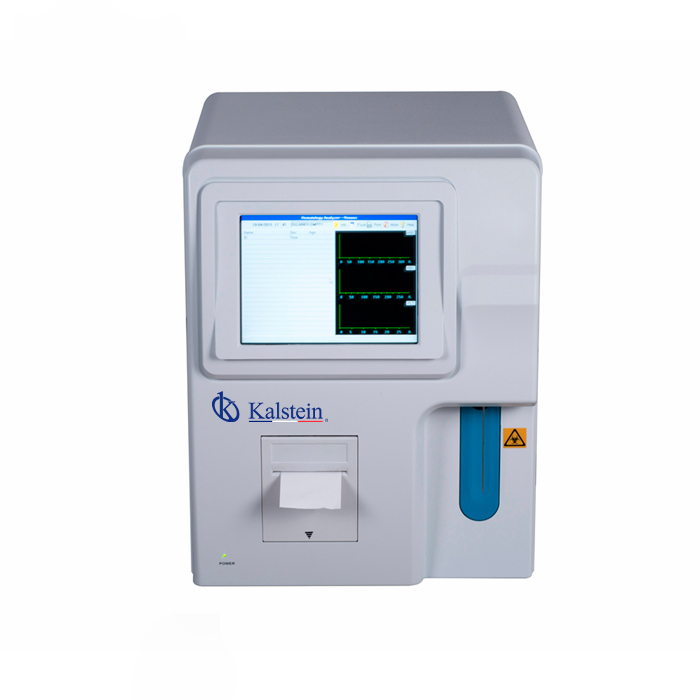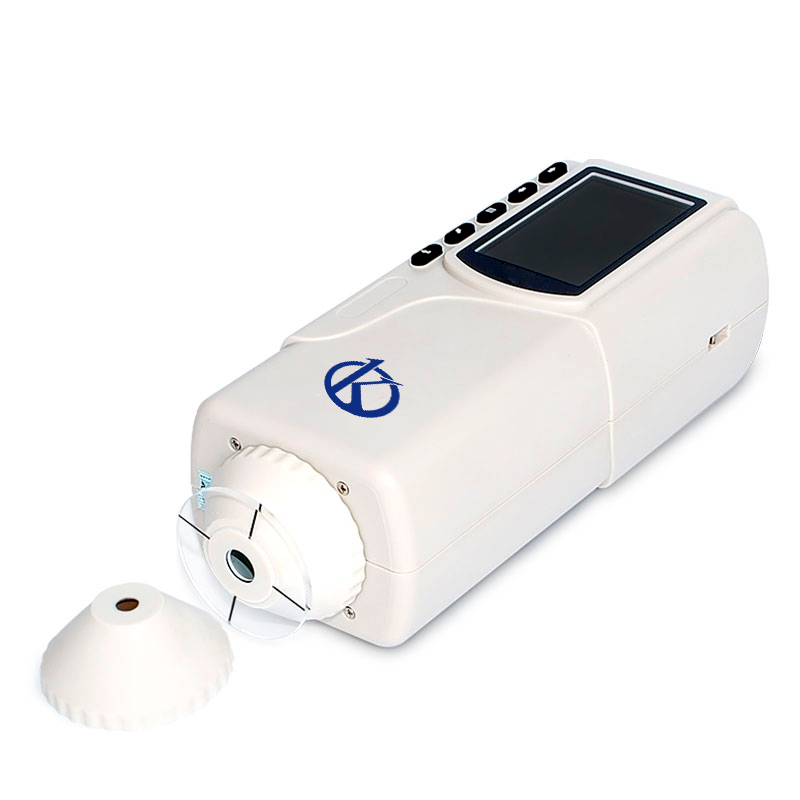Laboratory hematology tests are used to facilitate the diagnosis, treatment, and monitoring of human health. The results of these tests are used to provide critical information that medical professionals need to help patients lead healthy lives. Although laboratory hematology tests can provide a lot of information about a person’s health status, there are some limitations that users and medical professionals should consider when using them.
These limitations include the fact that some results may be misleading and may even not be completely accurate. In addition, other artifacts that may occur during sample collection, treatment, and storage that condition the results must be taken into account. Here are some of the main limitations of laboratory hematology analyzers:
What are the main limitations of hematology analyzers in relation to the nature of the results?
The data is just an instant assessment. Although results of hematology tests can provide information about a person’s health status at a specific time, these data would not provide a continuous assessment of health over time. Therefore, other tests and periodic medical examinations should be done to have a more complete evaluation.
Moreover, misleading results may be presented. Limitations of hematology analysis also include the possibility of presenting misleading results. This is due to possible core contamination, processing errors, and the method of analysis. Therefore, it is recommended that each laboratory establish well-detailed analysis protocols to reduce the possibility of data collection errors.
Results may be incomplete. Sometimes results of hematology analysis may not be as accurate as expected. This is because there are some important parameters related to hematology analysis that cannot be accurately measured in each test. Therefore, other diagnostic tests are recommended to confirm the results.
What other complications do hematology analyzers present?
The results change over time. Laboratory hematology tests may provide accurate results at any given time, but these results may change over time because of normal biological variability. This means that the result of a test is not necessarily the same as that of a test carried out in the past. This is normal and expected behavior.
Moreover, modern techniques complicate the process. Today, laboratory hematology analyzes are done using modern techniques such as flow cytometry and microscopic visualization. These techniques provide quick and accurate results, but they often prove to be more complicated and expensive to use. However, if the analyst is well trained, this limitation is overcome.
Why is it necessary to take into account the limitations of hematology analyzers?
In conclusion, laboratory hematology tests offer numerous benefits for medical professionals and users by providing a rapid assessment of diagnostic test results. However, as with all laboratory tests, there are some inherent limitations in the accuracy and outcome of laboratory hematology tests.
Therefore, it is important that medical professionals take these limitations into account when performing hematology analyzes for the diagnosis and treatment of patients. By taking responsibility for the limitations of laboratory hematology tests and acting accordingly, users can make informed decisions about a patient’s health and well-being.
What Kalstein offers with its hematology analyzers
Laboratory instrumentation manufacturer Kalstein brings to sale a series of devices for the study of blood, which combines technological elements of the latest generation, with powerful software and work efficiency. A blood sample can be tested in about two minutes and with low sample consumption. Labs interested in the purchase and pricing of these equipment can consult more details at HERE and HERE.




